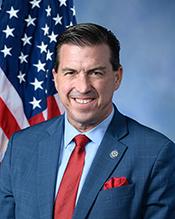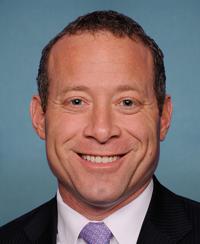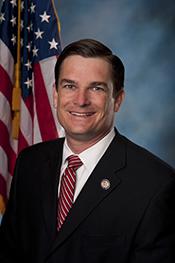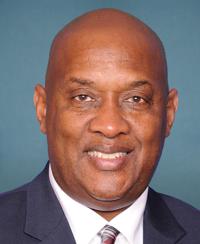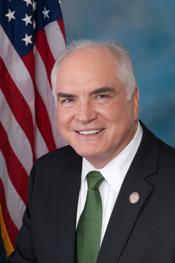H.R. 3360: Driver Technology and Pedestrian Safety Act of 2025
This bill, known as the Driver Technology and Pedestrian Safety Act of 2025
, aims to enhance understanding of the safety implications of driver-controlled technologies in motor vehicles and their impact on traffic safety, particularly concerning severe injuries and fatalities, including those affecting pedestrians and bicyclists. Below are the key components of the bill:
Study Agreement
The bill directs the Secretary of Transportation to enter into an agreement with the National Academies of Sciences, Engineering, and Medicine to conduct a comprehensive study. This study will focus on:
- The effects of driver-controlled technologies, particularly touch screen systems, on severe traffic injuries and fatalities.
- Types of driver-controlled technology, including the characteristics of touch screens and their impact on driver distractions.
- Comparative analysis of injuries related to touch screen usage versus smartphone usage while driving.
- The influence of environmental factors, such as time of day and weather conditions, on traffic incidents.
Report and Recommendations
After the study is completed, the Secretary of Transportation is required to:
- Submit a detailed report within 24 months of the agreement, including findings from the study.
- Make the report publicly accessible on the Department of Transportation's website.
- Offer recommendations addressing how to reduce severe traffic injuries and fatalities, and propose changes to existing data collection systems related to traffic safety.
Categories for Recommendations
The recommendations provided must be categorized into:
- Those that can be implemented within existing regulatory frameworks of federal agencies.
- Those that would necessitate new federal legislation for implementation.
Definitions of Key Terms
The bill defines several important terms, including:
- Driver-controlled technology: Refers to motor vehicle controls that drivers can operate at their discretion, including both touch screen and non-touch screen systems.
- Touch screen-based system: A technology in vehicles that is operated primarily through touch screens for various functions, including infotainment.
- Tactile motor vehicle control: Physical controls in vehicles that are not touch screens, such as knobs and switches.
- Commercial motor vehicle: Vehicles used for commercial purposes, defined under specific federal standards.
Funding and Implementation
The bill specifies that the study's initiation is subject to the availability of appropriations, and it emphasizes that no regulations required by law would be delayed by this act.
Timeline
Furthermore, the Secretary of Transportation is tasked with determining the time frame for the study, which should cover events from within the last 10 years prior to the agreement made under this act.
Relevant Companies
- Ford Motor Company (F): As a major automobile manufacturer, Ford may need to adjust its driver technology designs based on findings related to touch screens and driver distraction.
- Toyota Motor Corporation (TM): Toyota could be impacted by recommendations on safety standards and technology integration based on the study's outcomes.
- Tesla, Inc. (TSLA): Tesla's focus on advanced driver technology may prompt adjustments in their systems to enhance safety based on study results.
- General Motors Company (GM): Similar to other manufacturers, GM may be required to innovate its technology in light of proposed regulations following the study.
This is an AI-generated summary of the bill text. There may be mistakes.
Sponsors
1 sponsor
Actions
2 actions
| Date | Action |
|---|---|
| May. 13, 2025 | Introduced in House |
| May. 13, 2025 | Referred to the House Committee on Energy and Commerce. |
Corporate Lobbying
0 companies lobbying
None found.
* Note that there can be significant delays in lobbying disclosures, and our data may be incomplete.
